Tennessee
CONNECTING EVERYONE TO THE OUTDOORS IN 2025 AND BEYOND









Gentle wind ruffling your hair and shuffling the leafy canopy of a forest. The chatter of friends picnicking and of birds singing in the underbrush at a neighborhood park. The whirl of wind whipping as you zoom down a boardwalk bike path. These simple, yet profound, moments in nature are vital.
In our fast-paced, ever-changing, and sometimes uncertain world, publicly accessible outdoor spaces are essential. They nourish our well-being and remind us that each day holds the promise of renewal. That is why, like you, Trust for Public Land is standing up for the outdoor spaces that bring us joy.
In Tennessee and across the nation, YOU empower us to advance our mission to create, enhance, and protect the outdoor spaces that uplift and connect communities.
At a time when communities are more fragmented than ever—by race, income, and political identity—parks and
public land are vital bridges. Closing the park equity gap in Chattanooga and across the state remains a top priority for TPL. That is why TPL works hand-in-hand with residents and local partners to overcome barriers to build the parks, trails, and playgrounds necessary for healthy, welcoming, and thriving communities and ecosystems.
When we unite to achieve our goals, the possibilities are endless. Despite the headwinds we face, together, we are shaping a future that prioritizes resilient communities and access to nature for all. Thank you for standing with us today as we create a greener, healthier, and more sustainable tomorrow for everyone.
Sincerely,
Noel Durant Tennessee State Director

TPL is dedicated to building community and improving health, climate resilience, and education outcomes in Tennessee’s schoolyards. Our vision is for dynamic, nature-rich schoolyards to be a model for creating more equitable communities. Through our community schoolyards initiative, TPL partners with local schools to transform underutilized schoolyards into vibrant, inclusive, green spaces that improve the daily lives of students, educators, and their surrounding communities.
Our schoolyard projects promote healthy lifestyles, reduce educational disparities, and improve educational outcomes while making vulnerable and underfunded communities more resilient to the impacts of climate change. According to teachers and school administrations, attendance, behavior, and test scores all improve after schoolyard renovations, and these park-like spaces offer the added benefit of being open to the community after school hours. We look forward to extending these benefits to communities across the state.
We are partnering with Hamilton County School District, the Chattanooga Department of Parks and Outdoors, and other nonprofit partners on three pilot schoolyards: East Side Elementary, Clifton Hills Elementary, and Hardy Elementary.
We anticipate completing schoolyard construction at East Side Elementary in fall 2025. The renovated schoolyard will provide new opportunities for recreation and relaxation for its students and nearby families.
The schoolyard project has been a truly interactive and collaborative process, with both our school and community having a genuine voice in each decision. This project stands as a testament to what can happen when people come together with a shared purpose for our children.”
Greg Wilkey, Principal of East Side Elementary
Donate today to grow our community schoolyard efforts in Tennessee, strengthen communities, improve health and education outcomes, and build nature-based climate solutions.
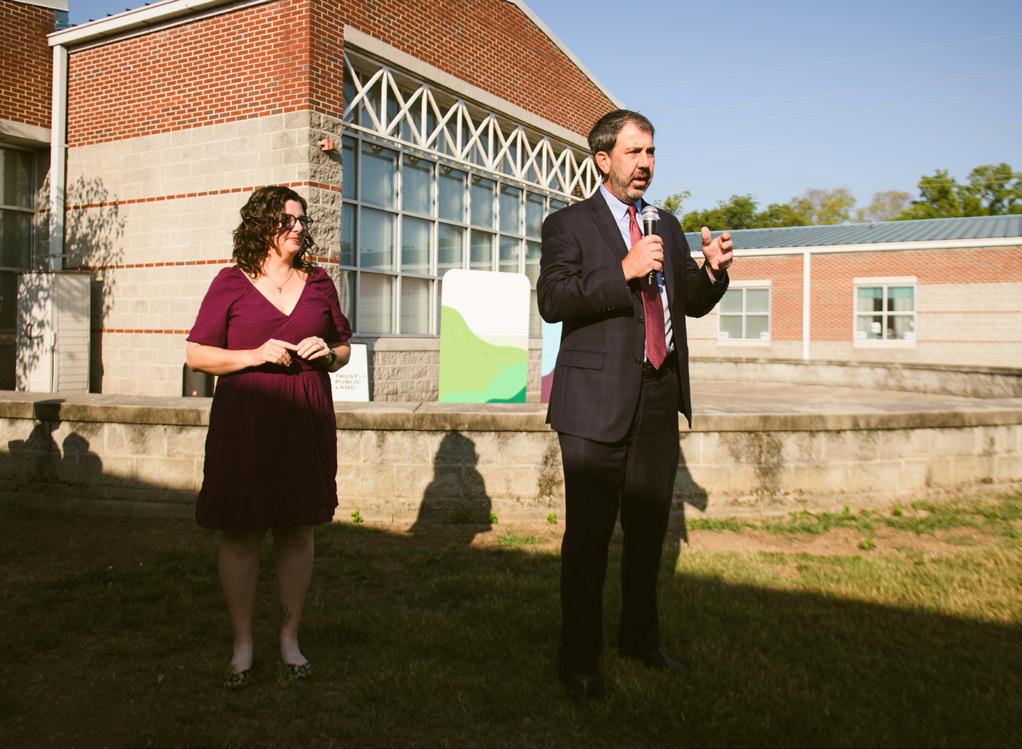
Our efforts at Hardy Elementary School in the Glass Farms neighborhood of East Chattanooga are underway. In fall 2025, TPL launched our student-led participatory design with hands-on educational opportunities to learn about health and sustainability, build strong social connections, and strengthen their relationship with nature. Construction is expected to begin in summer 2026.
To date, we have secured all necessary funding for East Side Elementary. We were approved for multiple local and federal grants for Hardy Elementary, including a $250,000 bond from Hamilton County and a $50,000 grant from the USDA Forest Service’s Urban and Community Forestry program f or an innovative outdoor classroom and covered gathering space that repurposes urban wood into a lasting community amenity. We continue to seek additional funding for Hardy Elementary and funding for Clifton Hills Elementary schoolyard renovations.
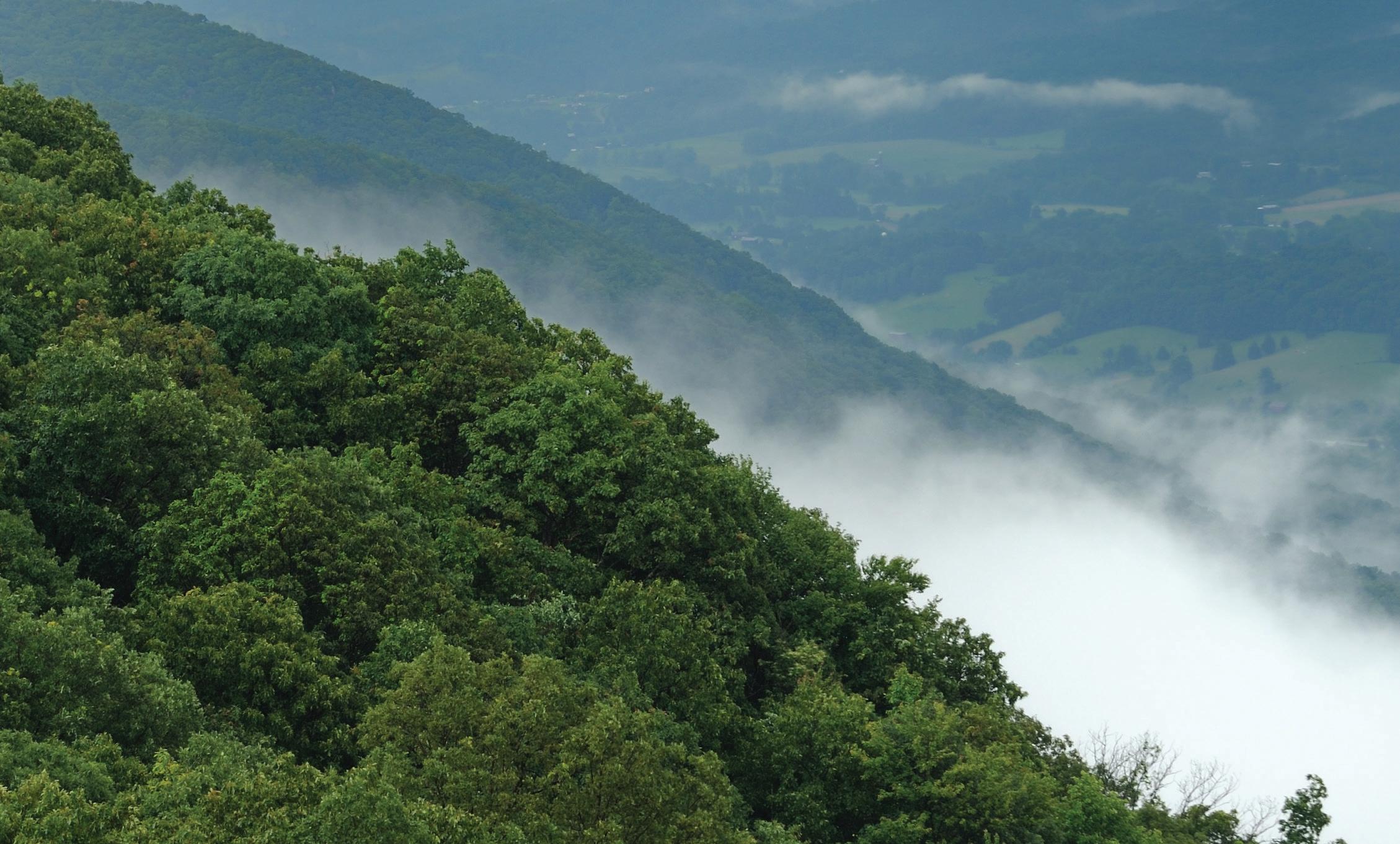
The Appalachian Regional Commission (ARC) has awarded TPL a $10 million grant to lead Appalachia United Outdoors: Connecting Communities and Outdoor Recreation Economies. This transformative, multi-state initiative aims to strengthen local economies through outdoor recreation. This significant investment, part of ARC’s Appalachian Regional Initiative for Stronger Economies (ARISE), will help implement high-impact outdoor projects in eight Appalachian states: Alabama, Georgia, New York, North Carolina, Ohio, Pennsylvania, South Carolina, and Tennessee.
Together with a coalition of over 40 partners, TPL will map and prioritize planned outdoor recreation projects across the region. The work will focus on economically distressed and at-risk areas, where outdoor access and its health and economic benefits are often least available.
Initial efforts are already underway, including acquiring a 43-mile rail corridor through underinvested rural communities within one of Tennessee’s largest blocks of public land (more on this later!), a community forest linking a state park to Dade County’s economic future, and the purchase of a 138-acre property in Madison County, North Carolina, to increase public recreation access and protect the iconic view of Bailey Mountain.
Located just 20 minutes from Chattanooga, across the Georgia border, Dade County and the City of Trenton
PHOTO BY DARCY KIEFEL
When [TPL] came to me with this, I thought it was a great idea. I’ve lived here my whole life, and when I was younger, I could go from my house plumb to the Tennessee River. You don’t have that anymore, and I think we need to preserve land for our children.”
Phillip Hartline, Dade County Commissioner
face development pressure as this metropolitan area grows, resulting in the loss of forested landscapes. Currently, 650 acres of forestland abutting Cloudland Canyon State Park are at risk of development. In partnership with the county, TPL is acquiring this land to create the region’s first community forest.
Community forests are special lands that are managed by the community and for the community. Reflecting the existing priorities and strengths of the region, the community forest will enhance economic opportunities through timber management, outdoor sporting events, educational programs, wildlife viewing, and other activities. Additionally, Lookout Mountain Flight Park— the largest and most visited hang-gliding school in the country—will continue to operate. Based on TPL’s comparison of nearby state parks and other outdoor destinations, these lands could drive nearly $3 million from increased tourism and local business activity.
TPL is in the final stages of due diligence for the acquisition. The funding sources are coming together thanks to Dade County’s capital commitment, a statedirected Land and Water Conservation Fund grant, and the generosity of donors. We anticipate purchasing the land in spring 2026 at the earliest.
All communities are stronger, healthier, and more connected when everyone can get outside and engage with nature. We are teaming up with residents, community leaders, and government officials to provide carfree routes to parks, schools, grocery stores, and local businesses and bring green space and recreation opportunities to thousands. Across the state and the region, TPL is linking communities to nature and each other by advancing the creation of innovative pathways and parks, including:
• Clifton Hills-Alton Park Thread Trail (CHATT) is a 2.6-mile trail adapting former rail lines, reclaimed brownfields, city parks, and public lands to link economically isolated neighborhoods across South Chattanooga to more than 25 miles of trails and a major tourism, commercial, and residential corridor— opening the door to safe and healthy green spaces, economic development, and community connectivity.
• Battlefield Connector Trail is one of TPL’s earliest outdoor recreation economy projects and the first to be created using ARC funding that supports our work in the region. The 2.2-mile pedestrian and cyclist trail will connect downtown Chickamauga to Chattanooga Military Park. It will also serve as proof of concept for a regional trail network connecting Chickamauga to the City of Chattanooga.

• Sequoyah Access Rail Trail is a six-mile rail-to-trail acquisition in rapidly developing North Ham ilton County, designed to connect established and emerging communities to outdoor recreation and its myriad benefits.
• Tennessee Highlander Trail will transform a decommissioned rail line under threat of abandonment into a 41-mile trail connecting communities and outdoor recreation destinations spanning Anderson, Campbell, and Scott Counties in Tennessee. This time-sensitive and highly impactful project is part of the Appalachia United Outdoors program, funded by ARC’s Regional Initiative for Stronger Economies to support communities in creating new economic opportunities by protecting land and natural resources and reclaiming abandoned infrastructure from legacy extractive industries.
Projects like these help ensure that everyone, regardless of zip code, has the opportunity to enjoy the benefits of the outdoors. These projects are more than trails—they are pathways to a healthier, more connected region that will benefit generations of residents to come.
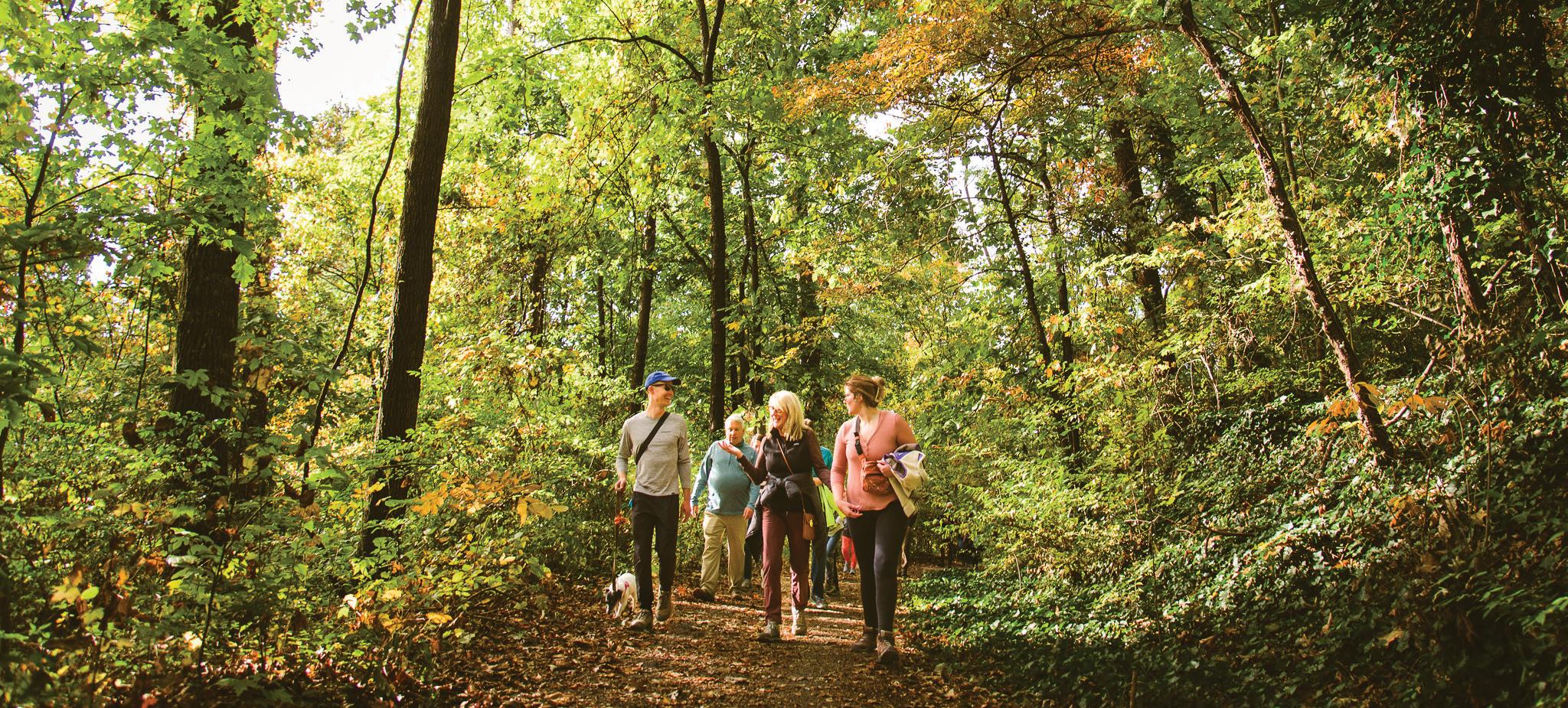
Whether you are watching your child make friends on the playground or introducing yourself to a neighbor at the dog park, these everyday moments of connection are more than passing interactions. They are the very threads that stitch communities together, forming the fabric of our society.
Even when people do not interact directly, parks attract repeat visits and hold the power to breed familiarity, which fosters future interactions and shifts social norms. Contact between diverse groups has been shown to reduce prejudice by reducing feelings of anxiety and increasing empathy for members of other groups. With greater contact, we become less apprehensive about engaging across lines of difference, and we develop a greater capacity to relate to and empathize with those who are different from us.
Despite their potential, relatively little attention has been given to the use of park spaces for cultivating such contact across group lines. TPL’s Welcoming Places program is creating the blueprint for inclusive public spaces that strengthen communities.
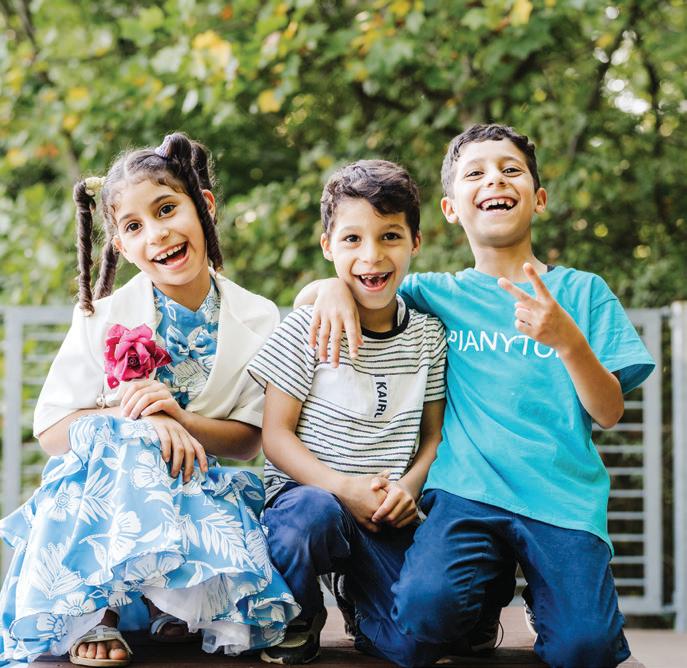
In Tennessee, this effort has led to a powerful idea: when parks are

intentionally designed as welcoming, inclusive spaces, they do not just bring people together—they strengthen connection. When communities lead their local public space-making, they deepen relationships within the community, enhance representation of identity and culture, and increase participation in civic engagement and decision-making.

TPL worked closely with a team from the University of Massachusetts, Amherst (UMass) to explore how public parks can be intentionally used to foster meaningful relationships among neighbors. Together, we completed one of the first studies in the nation to examine community connection programs in park settings, offering new insights into how shared public spaces can promote belonging and trust. Participants reported feeling more welcomed, more connected, and more at home in their local parks.
We used the lessons learned from this research effort to design a series of projects intended to build relationships between members of different racial and ethnic groups in local parks. A series of small connections are the key to cultivating a community that feels more vibrant, welcoming, and united. This work is helping us create parks that truly serve the people who need them most.
Conducted in Chattanooga, this initiative represents a pioneering effort to use parks as intentional spaces… The findings provide compelling evidence that parks can serve as effective settings for promoting a sense of welcoming, belonging, and trust among members of different racial and ethnic groups.”
Trisha Dehrone, Ph.D., UMass
Give a gift to connect everyone to the outdoors in Tennessee and beyond.
TPL first learned of the Field—a place forgotten for over a century—while building the White Oak Connector Trail. The .8-mile path connects Stringer’s Ridge, a beloved natural area overlooking Chattanooga and laced with hiking and mountain biking trails, to White Oak Park in Red Bank. But the overgrown Field there buries a disgraceful history that demands long-overdue recognition and a restoration of dignity.
Over 110 years ago, the potter’s field was often the sole option for people who could not afford burial costs. The people buried here between 1890 and 1912 were the lifeblood of Chattanooga—its working class, immigrants, laborers, children, and African American Chattanoogans who helped build the “Dynamo of Dixie.”
For decades, TPL has dedicated itself to preserving sites that highlight the experiences of Black Americans. This work now includes the Field. Dr. Jocelyn Imani, director of TPL’s Black History and Culture efforts, sees the Field as an example of “the complications of Black history and culture,” describing it as a piece of land with a “shameful legacy.”
Join us as we create, protect, and activate public spaces of historical and cultural significance to Black communities across the country.
Honoring this place and the people whose bodies remain here requires collaboration, funding, and patience. Together with the City of Red Bank, Hamilton County, residents, the Tennessee Bureau of Conservation, and renowned landscape architect Thomas Woltz and his firm Nelson Byrd Woltz (NBW), we are preserving the Field and elevating the stories forgotten Chattanoogans and their contributions to Tennesee to their rightful place in our cultural memory. We are also partnering with Megan Ledbetter, a local photographer and Red Bank Resident who has photo-documented the Field, researched its history, and is engaging with community members and descendants of those buried in the field to inform this effort.
The Field tells a powerful story about those who shaped Chattanooga. We are dedicated to honoring their legacy and deepening the community’s connection to its roots.


for doing your part in ensuring communities across Tennessee can connect with the outdoors. We could not accomplish this crucial work without supporters like you!
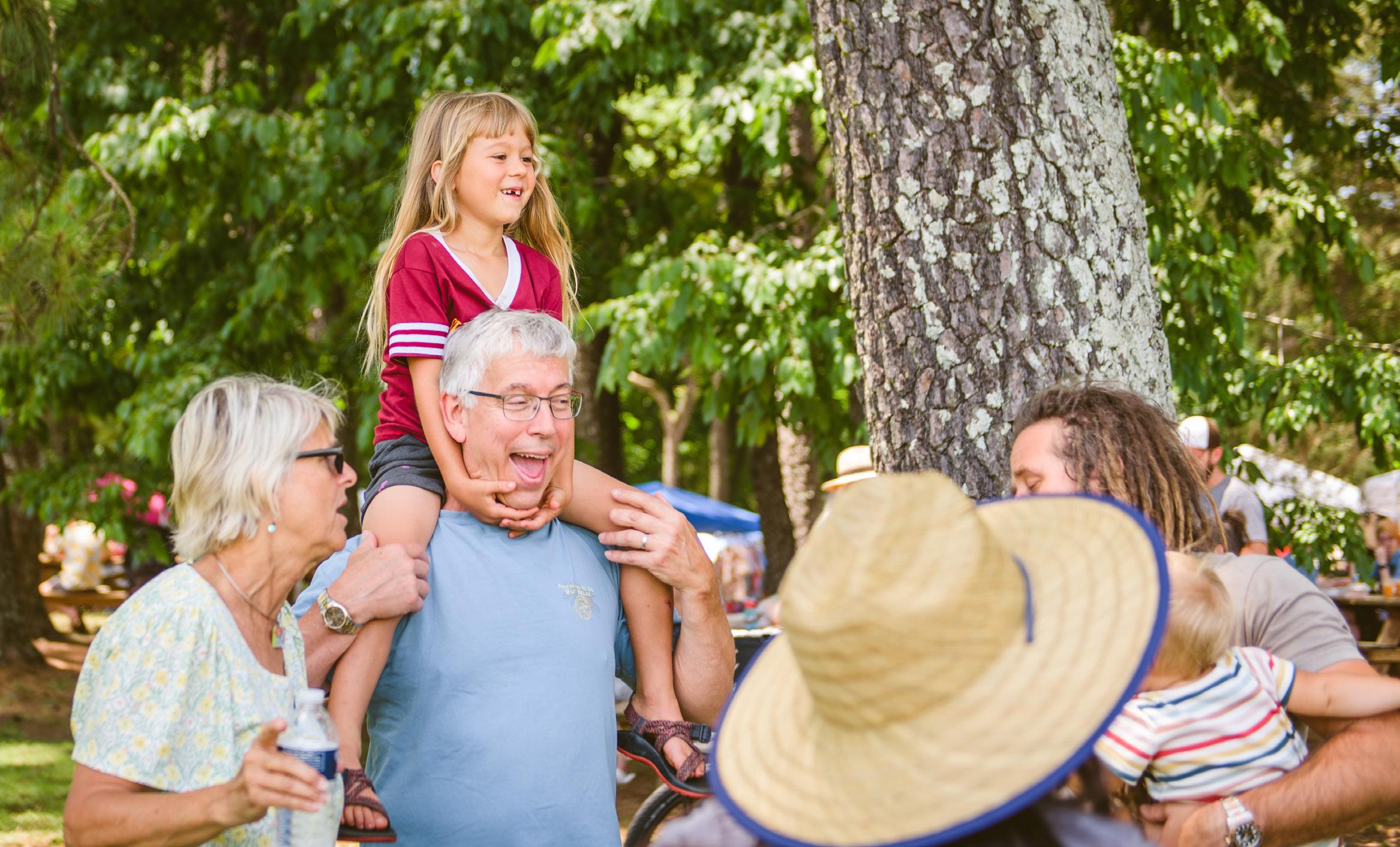
Elizabeth Hammitt , EPB, Chair
Franklin Farrow,* Morning Pointe
Senior Living
Julia Bursch, UTC Research Institute
Cory Gearrin, Hamilton County Government
Ginny Kelly, Bad Beard Events
Allen McCallie, Miller and Martin
Rob Taylor, CityScape Development Services
Caroline Walker
Kirk Walker, Educational Consultant
Nicole Watson, HK Law
Flossie Weill , retired
Elliott Davenport , retired
Rachel Pohl , Unity Technologies
Ethan Collier, Collier Construction
Scott Wilson, Independent School Management
* Also serves on TPL’s National Board
Jahmaiah Dones
Southeast Associate Director of Philanthropy jahmaiah.dones@tpl.org 1810 E.
tpl.org/donate